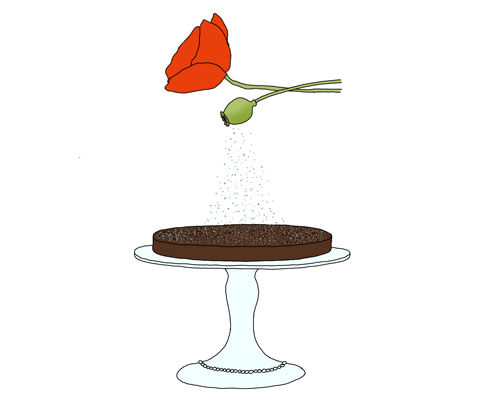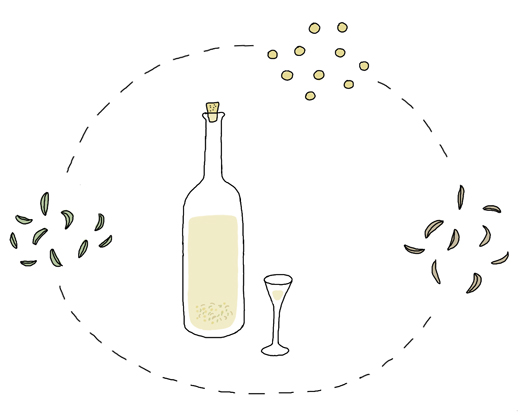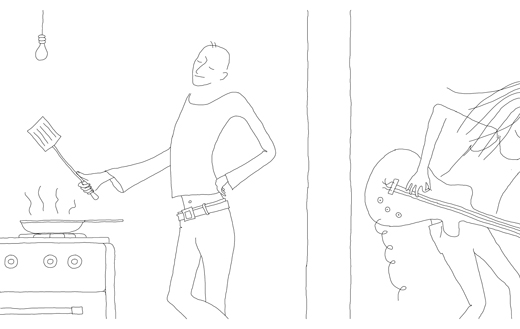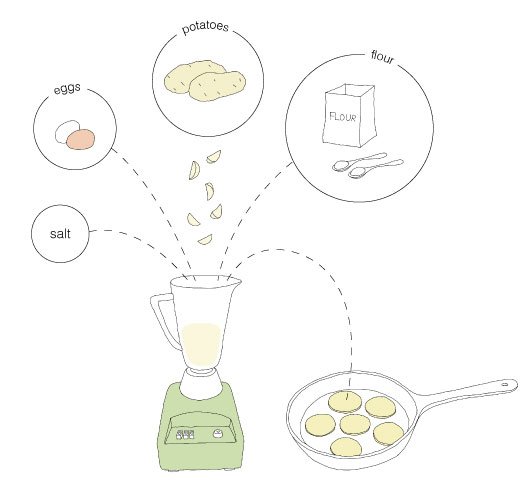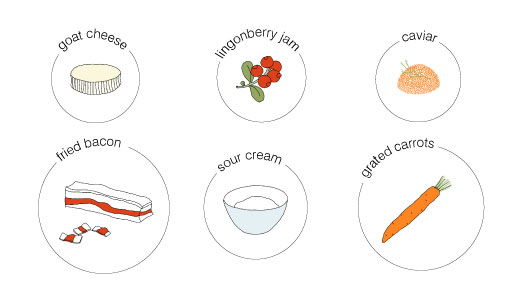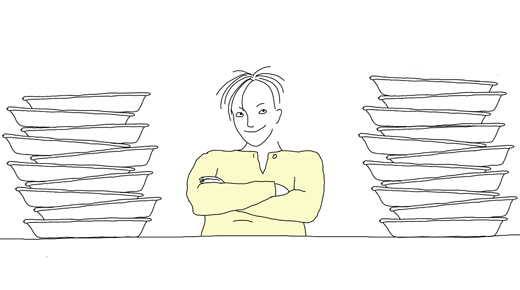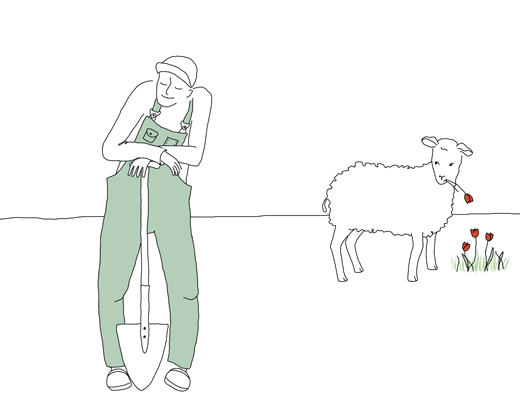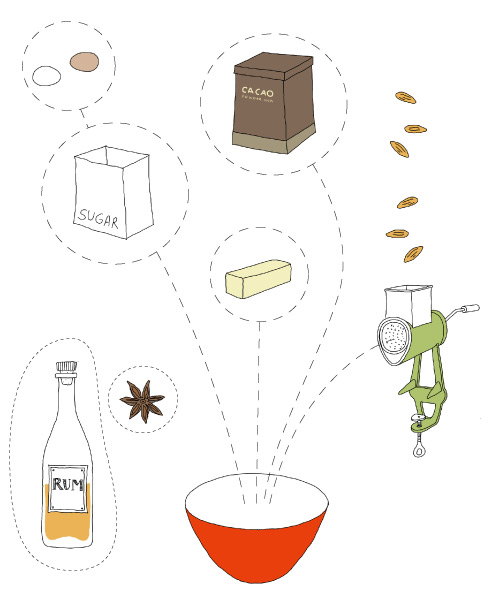
Most Swedes have probably made Sticky Chocolate Cake (kladd kaka) at least once or twice in their lives. If not they’ve eaten it for sure. I don’t know if this sticky chocolate cake is originally from Sweden but its something that’s definitely a Swedish thing to bake and enjoy. The ingredient that really makes this cake, aside from the unsweetened cocoa powder, is the ingredient that isn’t there: baking powder. The idea is that the cake should be chocolate rich, sticky and dead baked (it doesn’t rise)!
Most recipes for Sticky Cake contain the ingredients: egg, sugar, cocoa powder, flour, salt and melted butter. The ratio varies from one baking Swede to another. However the ingredients are simply mixed together with no fuss and baked just enough.
I have enjoyed it filled with mint or licorice, topped with whipped cream and bananas, flavored with Cognac or just plain and wonderful. In my latest version I have switched the flour to milled almonds. I also use the richest unsweetened cacao powder (like Valrhona) and, as I’m married to a Pole, I like to top the cake with Poppy seeds (makiem). The flavoring is plain, with Rum or star anise.
Kladdkaka
2 eggs
250 ml (1 cup) sucanat (or muscovado sugar)
4-6 tablespoons unsweetened cocoa powder (of good quality)
one teaspoon salt (less if using salted butter)
200 ml (almost 1 cup) milled almonds
4 oz (a touch more than 100g) butter, melted
alternative flavors (optional)
1-2 star anise (crushed and soaked in 2 tablespoons of vodka for one hour)
about two tablespoons Rum
topping
poppy seeds
Whisk eggs and sucanat together in a bowl. Stir in the milled almonds, cocoa powder and salt. Pour in the butter and stir until smooth.
Add the flavor (optional), either Rum or the star anise infused vodka to the mixture.
Pour the mixture into a greased 9” spring form. Sprinkle some poppy seeds on top.
Bake the cake in the oven at 350 F (150°C) for about 15 minutes. The cake should just be set on top and sticky inside. Let the cake cool off.
This recipe was first published on Honest Cooking, 4 May 2011.
